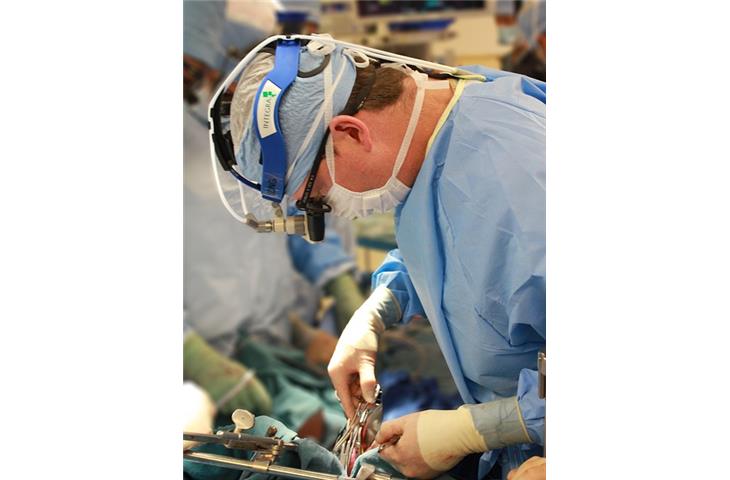By providing a tailored approach to oncological treatment, osimertinib, a precision medicine for NSCLC (NSCLC), has revolutionized the therapeutic landscape.An area of increasing interest is the function of osimertinib in conjunction with surgical procedures, while surgical intervention continues to be a foundation in the treatment of NSCLC.

This article explores the benefits, challenges, and future directions of this combined treatment by exploring the overlap of osimertinib and surgery.A TKI (TKI) that specifically aims at the EGFR (EGFR) mutation, a common cause of NSCLC, is osimertinib.

Osimertinib prevents the unusual cell proliferation and growth related with EGFR-mutated NSCLC by blocking the EGFR kinase activity.Compared to conventional chemotherapy, this specific therapy has demonstrated significant therapeutic advantages, including improved overall prognosis and reduced adverse effects.

With the goal of removing the tumor and surrounding tissue to prevent recurrence, surgery is the primary treatment for the treatment of initial-stage lung cancer.Various surgical techniques, such as lobar resection, segmental resection, or wedge resection, may be employed depending on the cancer size, position, and the general patient condition.
surgical success in NSCLC treatment is greatly depends on the extent of the disease and the existence of any metastases.A hopeful approach for NSCLC treatment is the combination of osimertinib and surgery.By decreasing the cancer size before surgery, which may potentially make surgery more achievable, osimertinib treatment is presented.
Moreover, osimertinib may help in stopping coming back of EGFR-mutated lung cancer by blocking the EGFR route, even after the tumor has been surgically removed.Several problems and things to think about must be addressed despite the potential benefits of combining osimertinib and surgery.Firstly, the timing of osimertinib treatment is crucial, for administering the drug too early may raise the chances of surgery side effects during surgery.
Second, the cost and accessibility of the drug may in .Last, is required into the long-term effects of on and ., the combination of the drug and surgery represents a promising approach to NSCLC .
By understanding the mechanism of the drug, the , and the challenges associated with , healthcare providers can , thus improving outcomes for individuals with EGFR NSCLC.The future of the drug and surgery in NSCLC treatment, as , looks promising, offering hope for patients and their families.